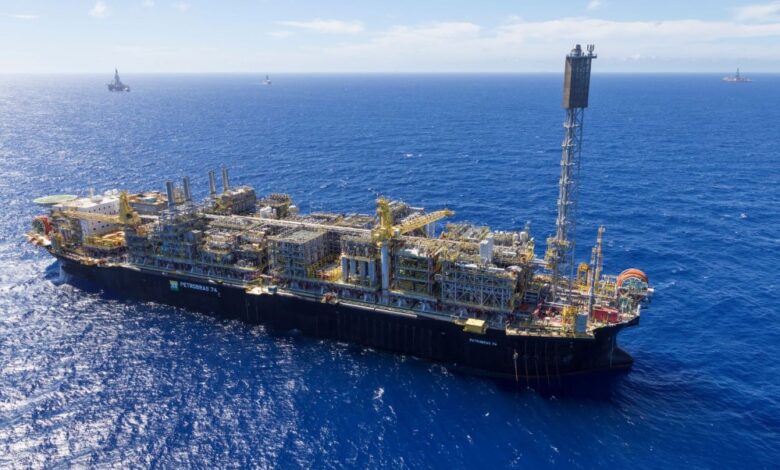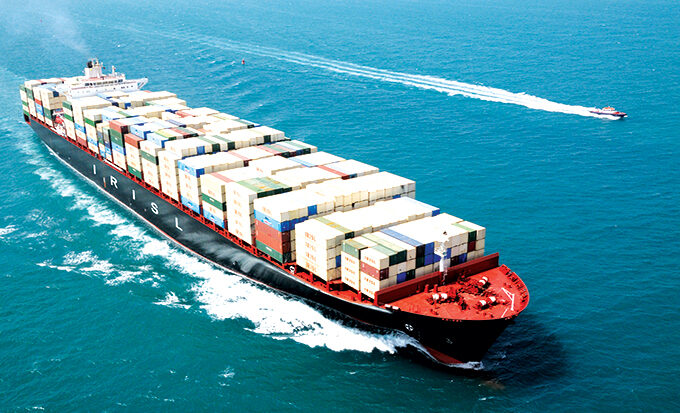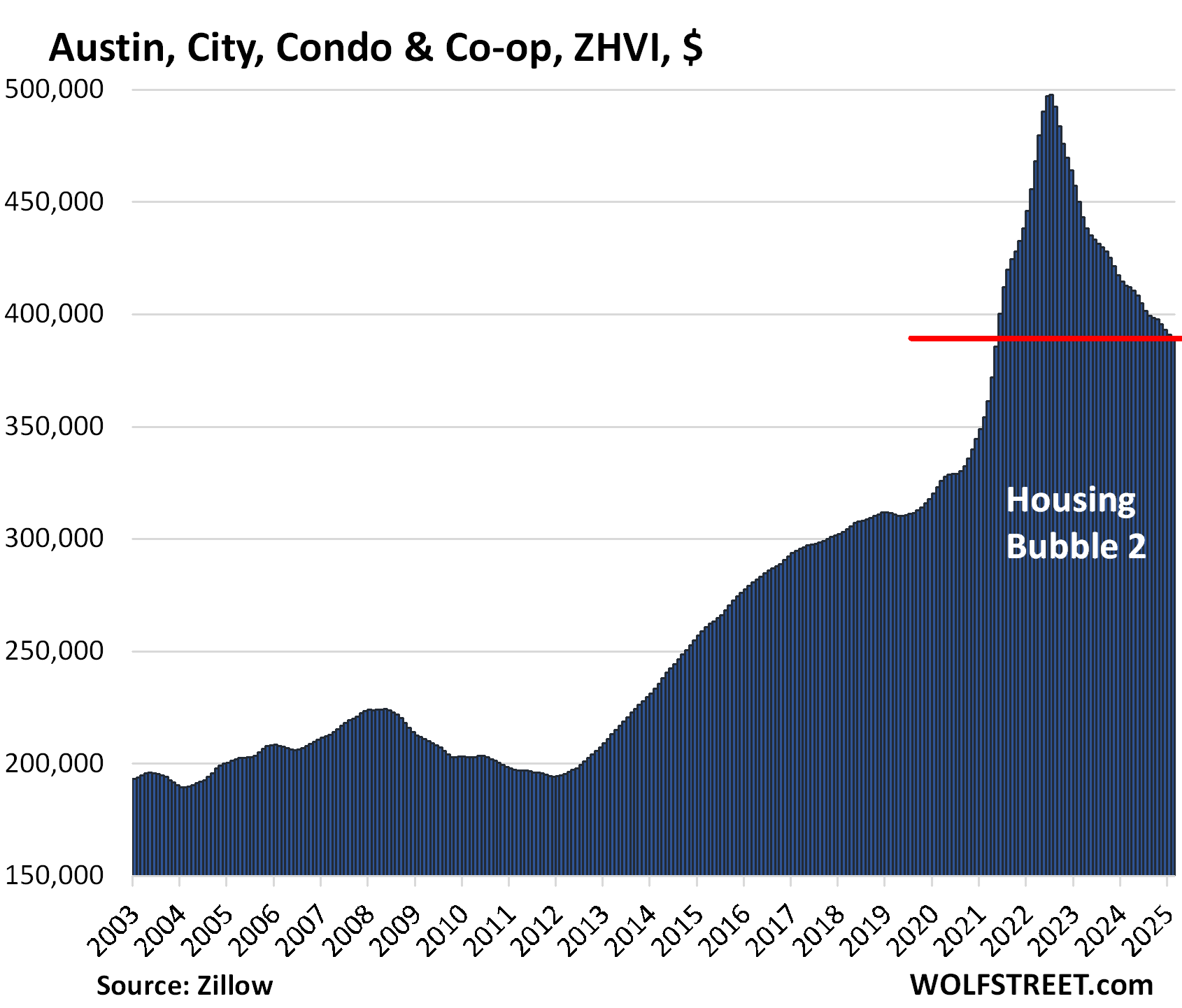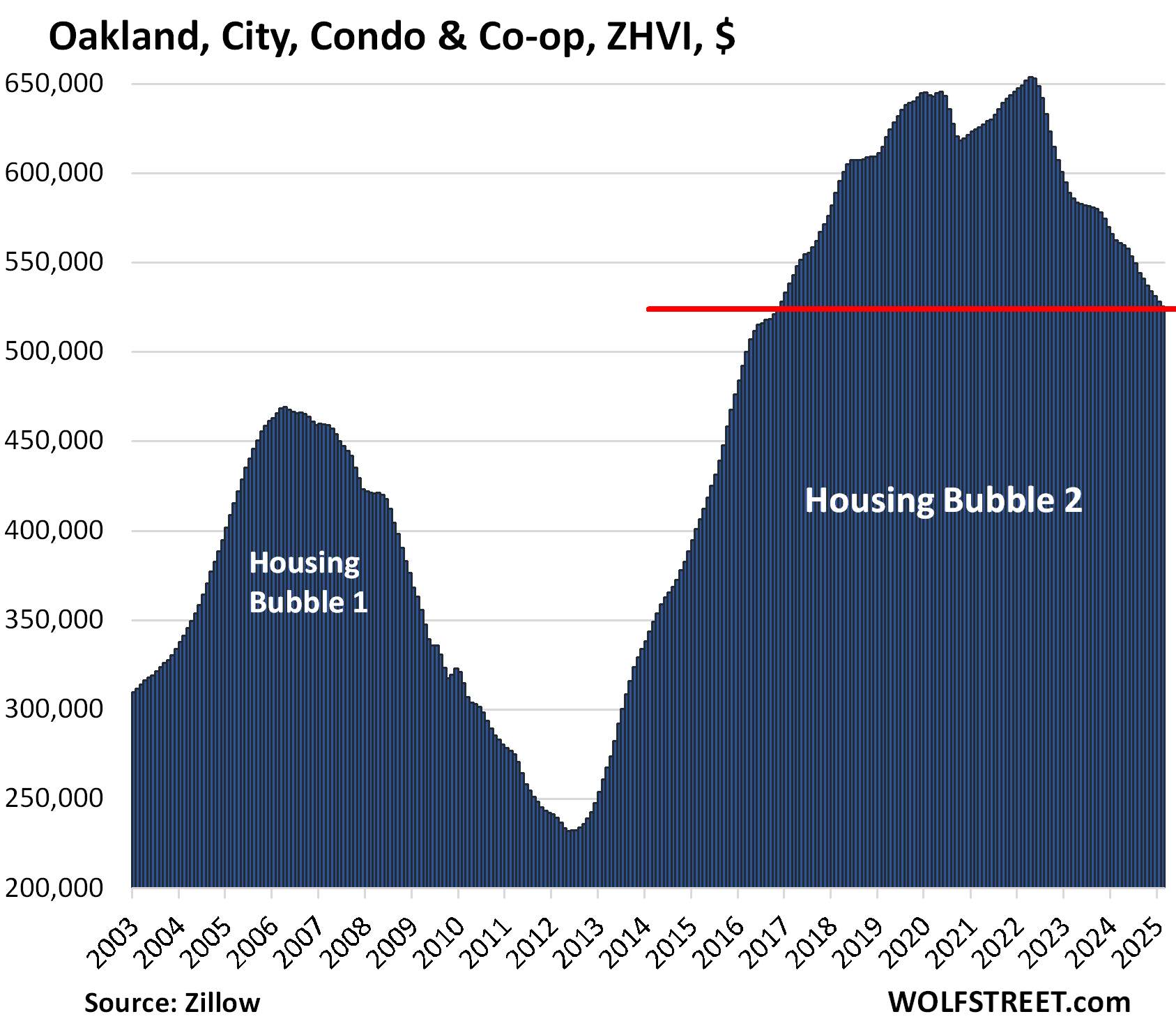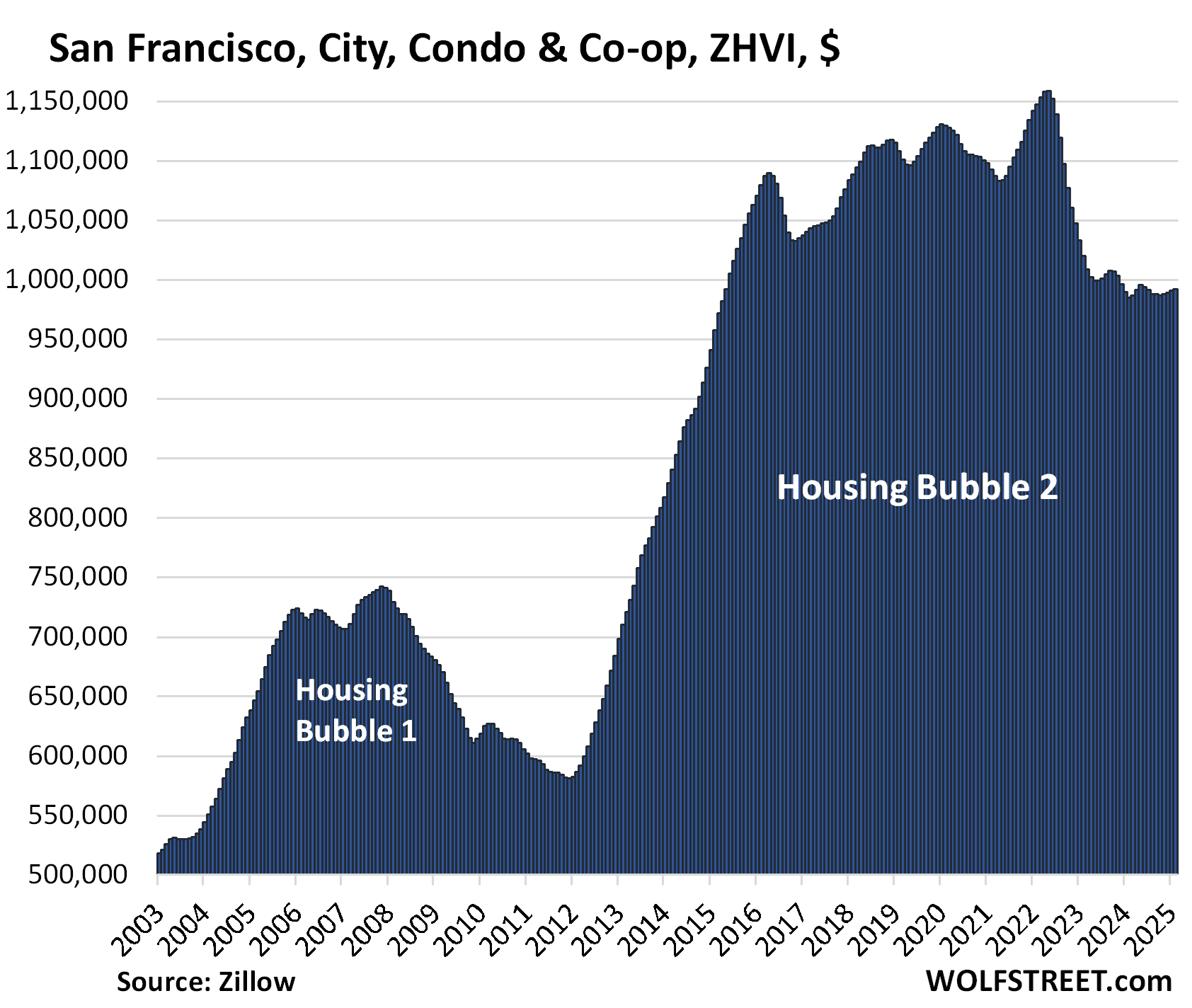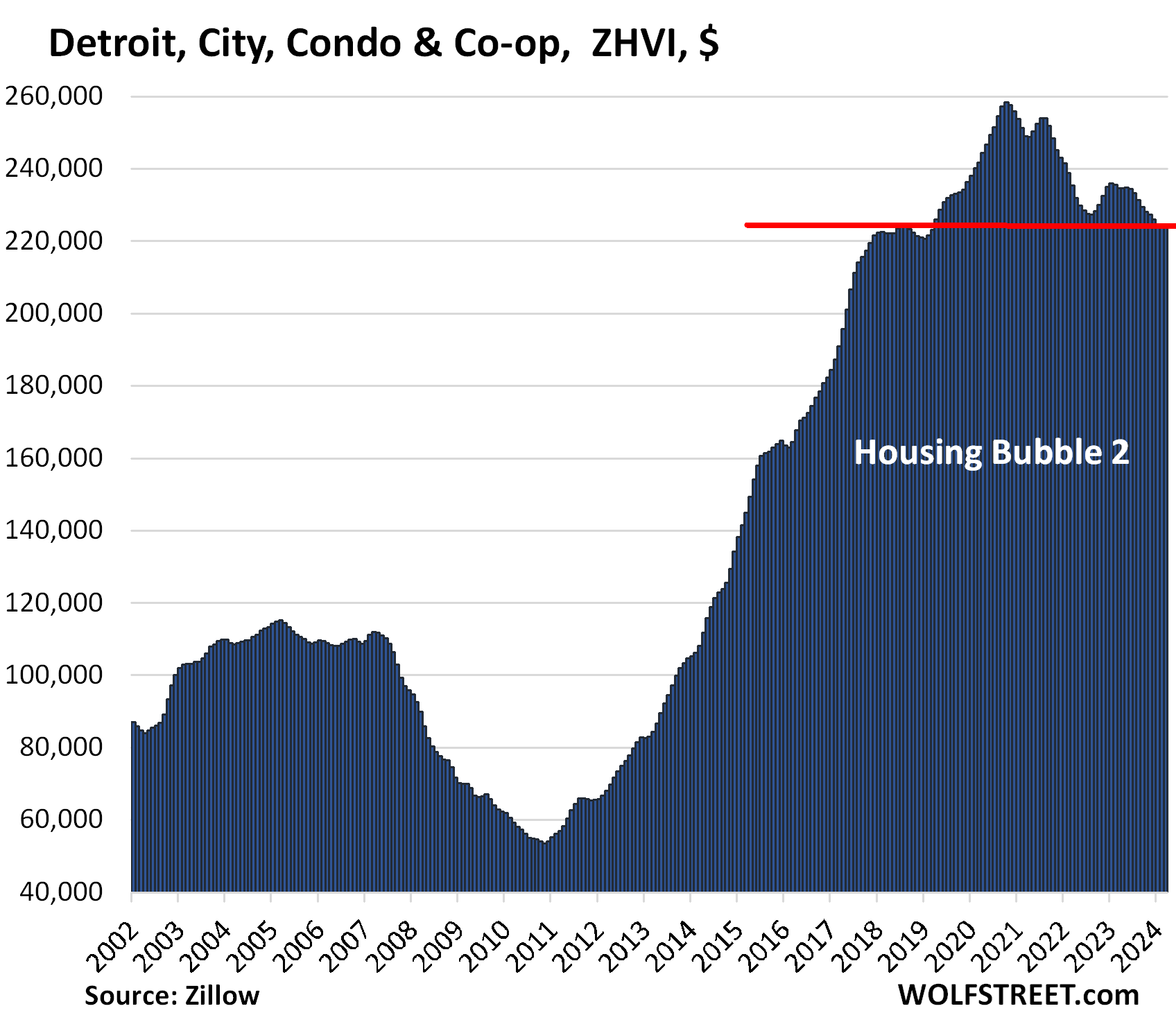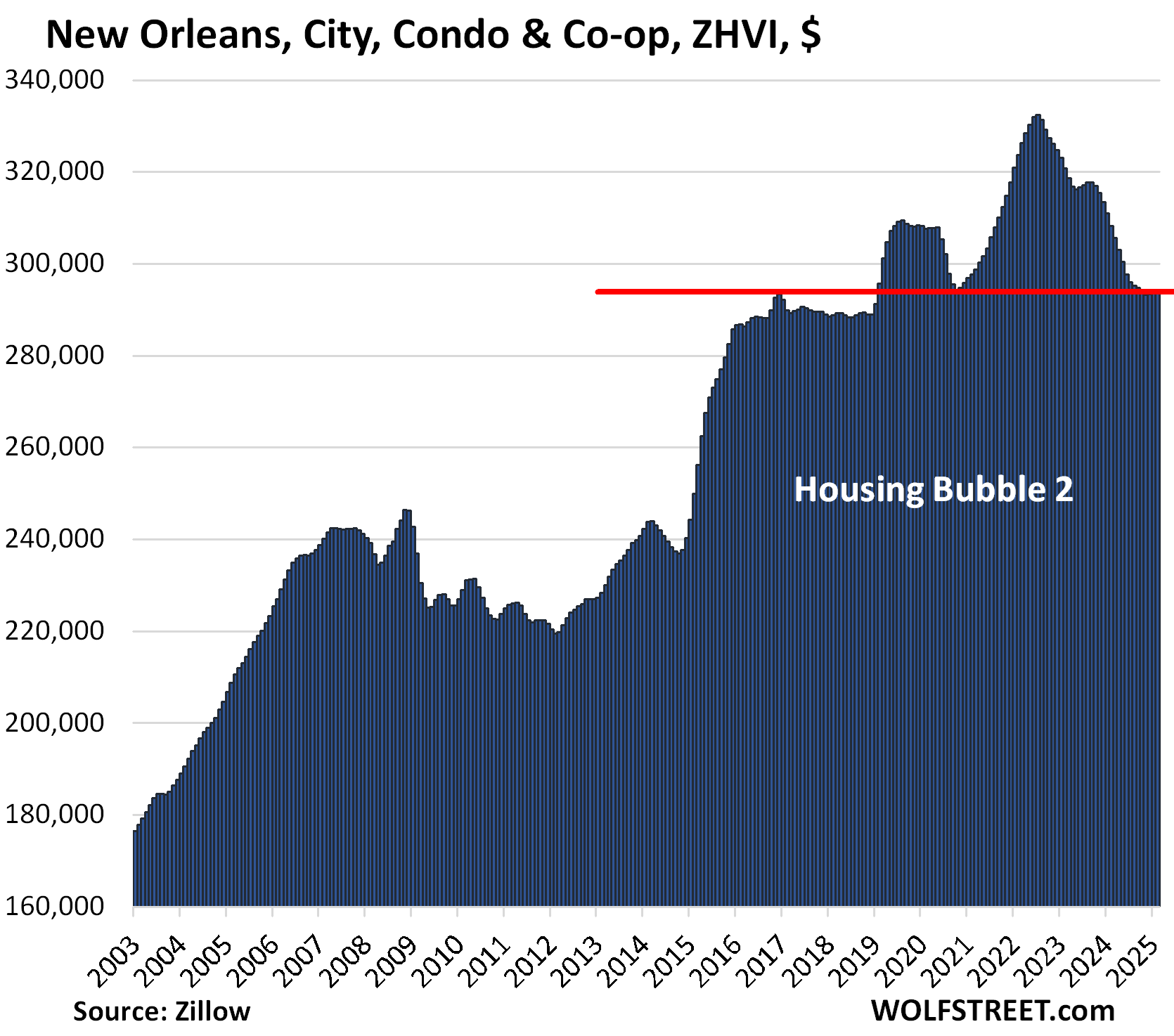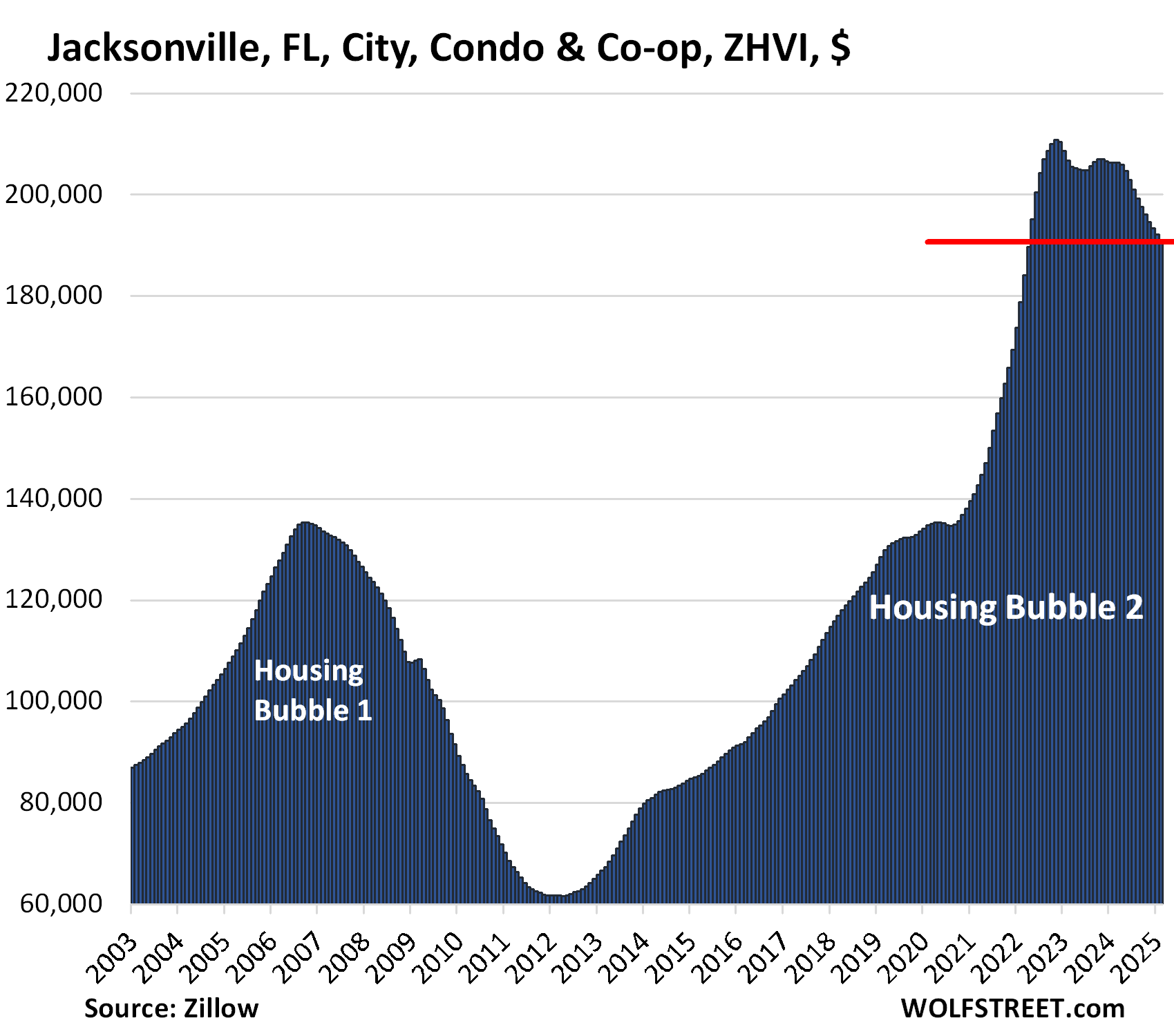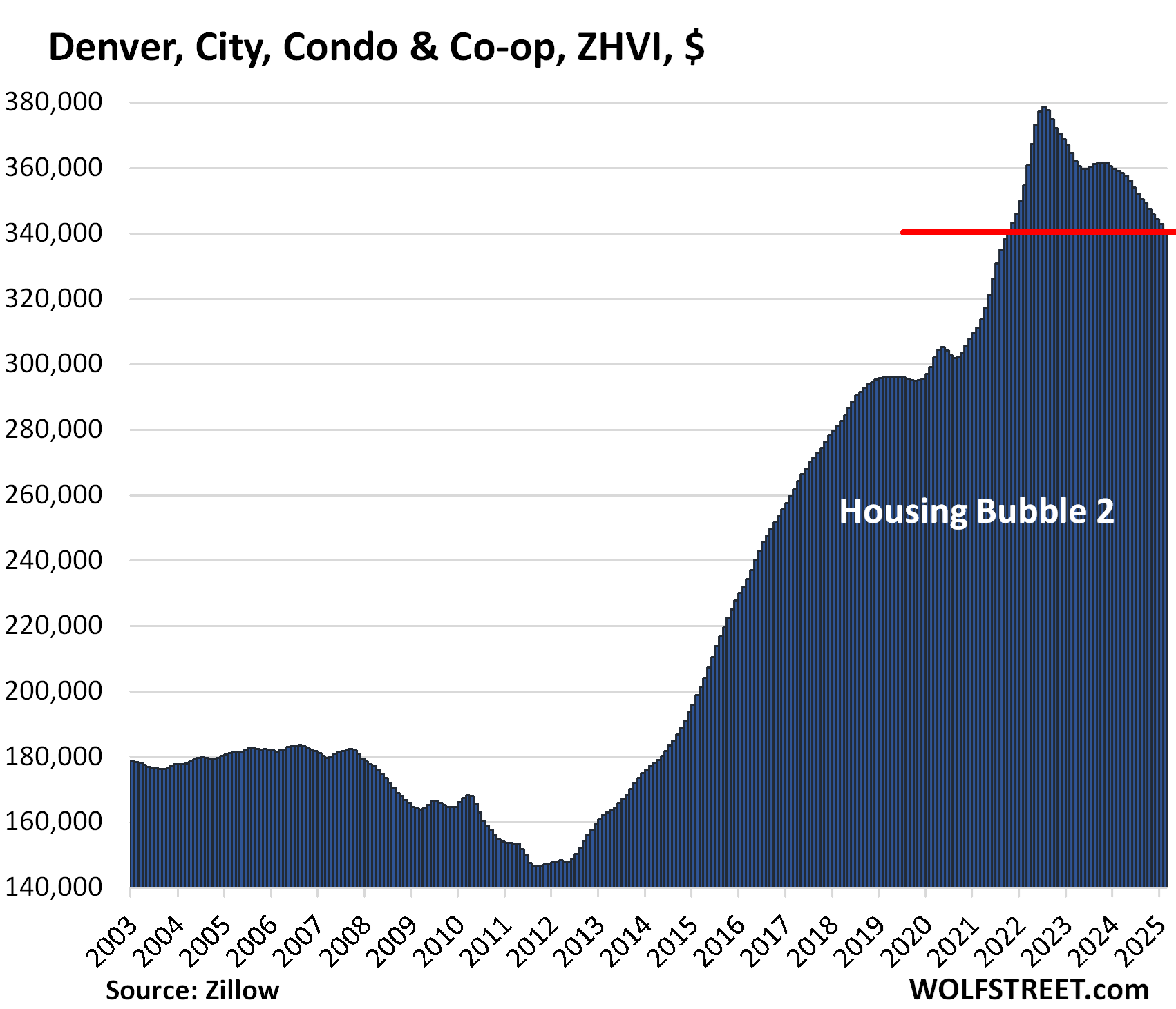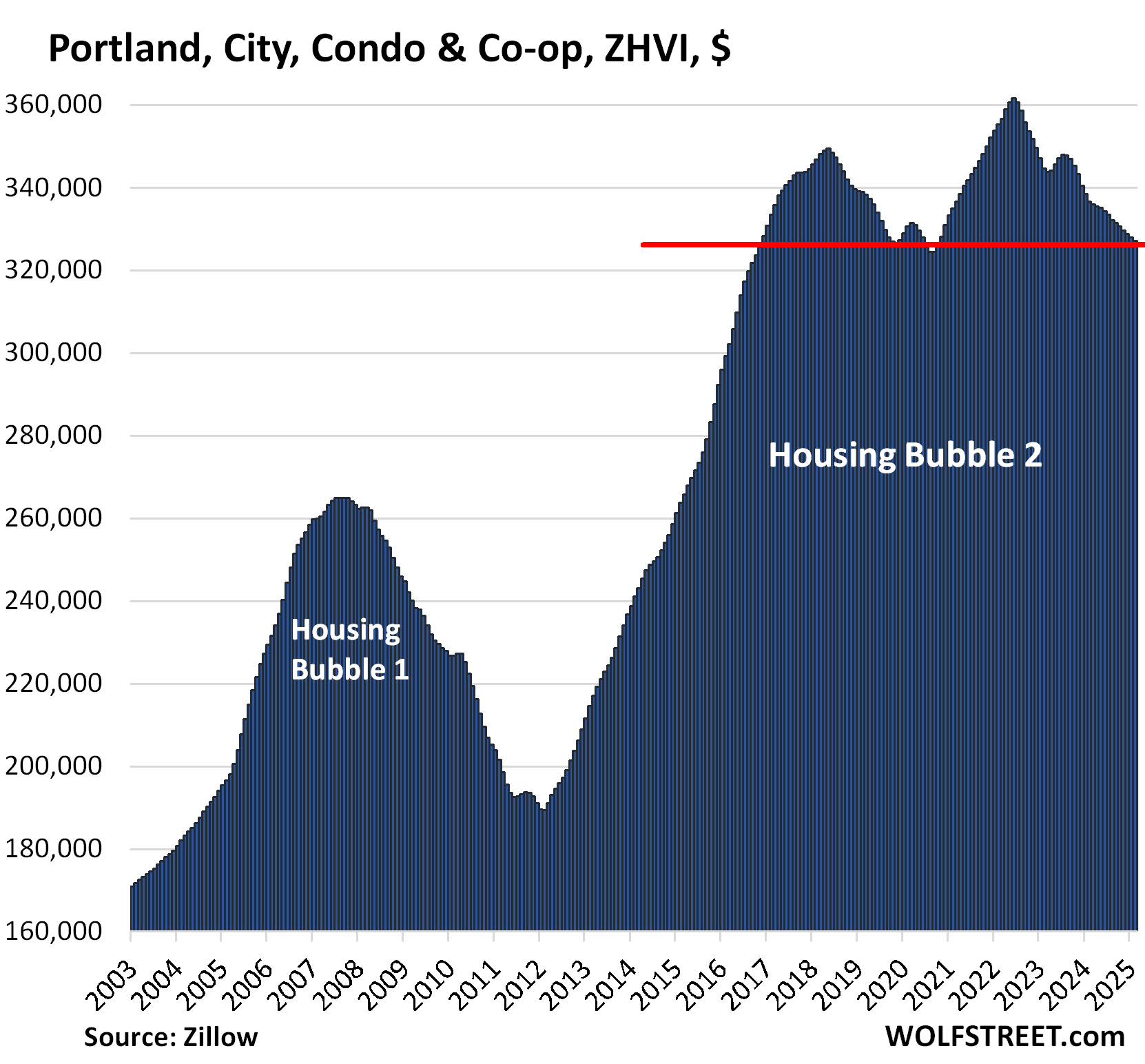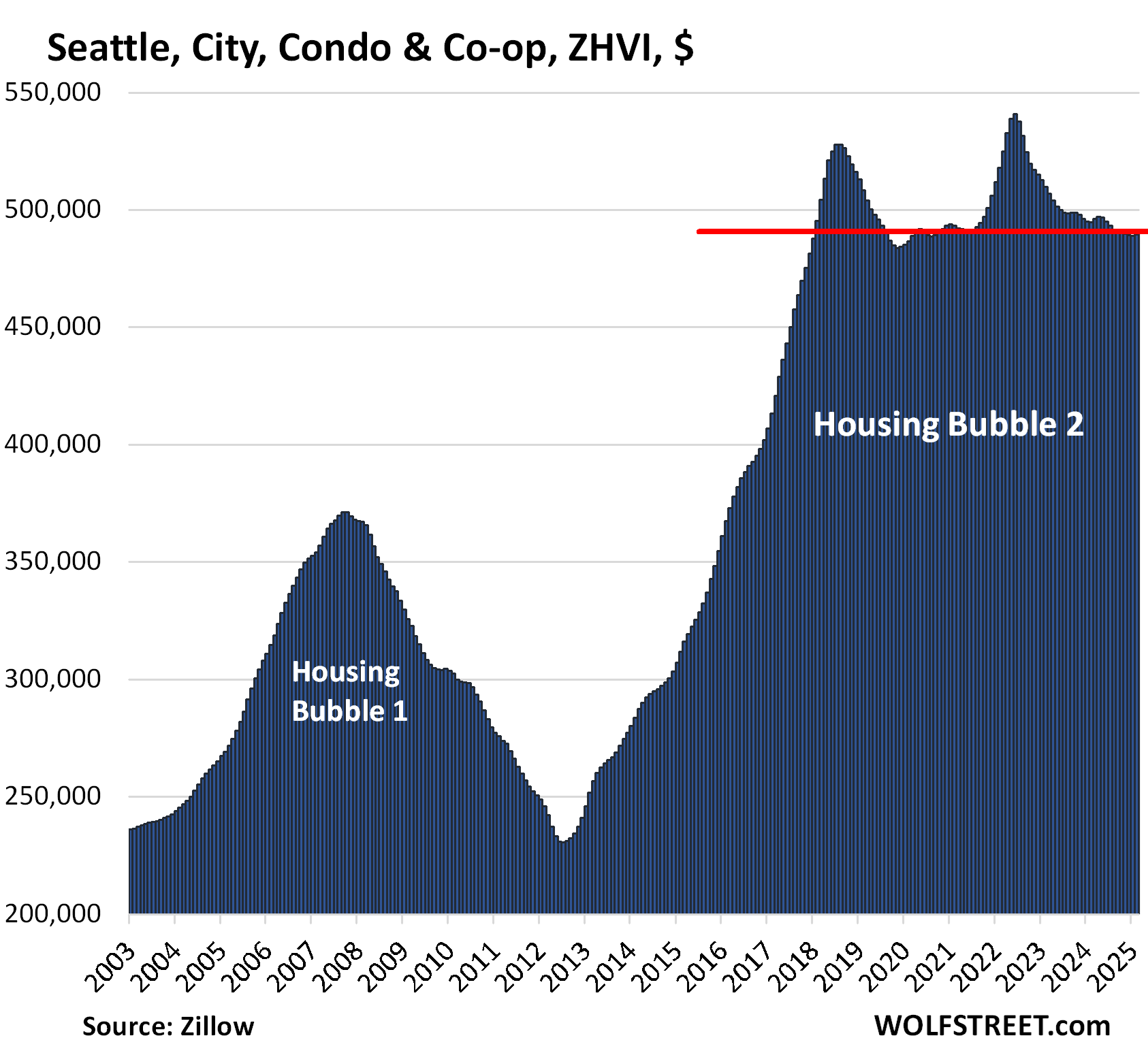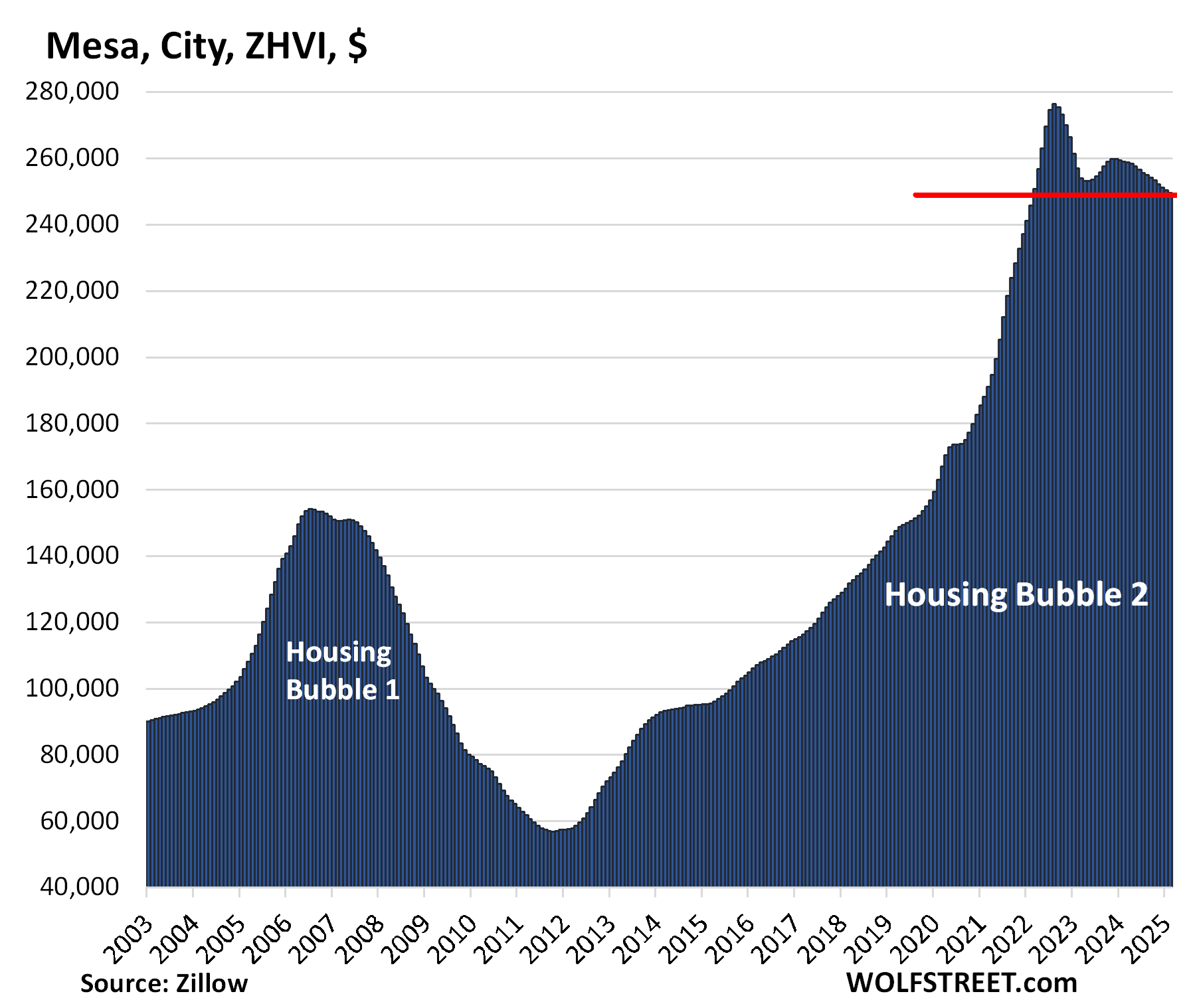Energy News Beat
Public comments continue to fly into the US Trade Representative (USTR) ahead of Monday’s hearing into controversial plans to tax Chinese-built tonnage calling at US ports.
In the more than 150 submissions sent in, a considerable number have hit out at the unfair, blanket nature of the penalties for container shipping in particular.
The trade office has recommended potential fees of up to $1.5m per port call for Chinese-built vessels, $1m per port call for operators of Chinese-built ships, and mandatory US-flag shipping requirements.
Most operators in the world have in their fleet one or more ships of Chinese origin meaning that when calling at a US port, they would be subject to a port fee.
Captain Melwyn Noronha, the CEO of lobby group Shipping Australia, pointed out that the blanket charges will penalise smaller containerships far more, suggesting a per teu fee rather than the current plans for a charge per ship.
A 15,000 teu ship calling the US might expect to pay $200 per teu under current plans proposed by the USTR, Noronha wrote in his submission, while a 1,000 teu vessel could be forced to fork out somewhere in the region of $3,000 per teu.
“A higher penalty (i.e. a per ship penalty imposed on smaller ships) would likely have a detrimental effect on niche markets where the route and geographic scope does not allow shipping lines to consolidate freight movement across markets, unless the shipping companies would be able to significantly extend lead times,” Noronha argued, suggesting this could cut the flow of perishable goods because of those longer lead times.
“Ultimately, there would be barriers for entry for goods from various smaller export markets compared to goods from other larger markets, such as Asian markets,” Noronha maintained, in his proposal to change any penalty from per ship to per teu.
In his submission, John McCown, a container shipping veteran who now runs New York-based Blue Alpha Capital, outlined what fees would be for a Chinese COSCO ship in a transpacific service. A weekly service from Asia to the west coast can be accomplished with five ships on a 35-day voyage turn. McCown’s example used 10,000 teu ships as COSCO has many ships in that size range and that is similar to the average ship size in the typical transpacific service. Such a service would typically call at three different west coast ports.
“The first prong of $1 million would clearly apply. With the majority of COSCO’s ships built in China, the second prong at the highest $1.5 million level would also generally apply. Similarly, with the large majority of COSCO’s order book with Chinese shipyards, the third prong would apply at the highest $1 million fee level,” McCown wrote.
In total, that COSCO ship would be charged $3.5m per port call or $10.5m for each voyage involving three west coast ports. With ten 35-day voyages per year, that would translate into $105m in annual fees just for that one COSCO vessel. If that vessel were to operate at 100% utilisation inbound, generally not possible due to seasonality, it would move 100,000 teu which is the equivalent of $1,050 per teu. That is equivalent to $2,100 for the typical 40’ container moving in that lane. To put that fee into perspective, it is equal to 72% of the latest Drewry spot rate in the Shanghai to Los Angeles tradelane of $2,906 per feu.
“Clearly that fee would make that COSCO ship non-competitive and trade involving such a ship would be constrained,” McCown wrote.
The fee situation involving ships of other carriers may not be diametrically different even if the circumstances are dissimilar, McCown warned. For instance, CMA CGM, which operates in the Ocean Alliance with COSCO, could be on the hook for fees of $2.75m per call and $8.25m per voyage in transpacific deployments that are most relevant to the US.
The latest available data from the Bureau of Transportation Statistics shows that there are 39,296 port calls by containerships in the US each year. Based on the proposed actions, McCown’s analysis is that the average fee per call would be at least $1.5m. If the number of calls were to remain unchanged, that translates into $58.9bn in total fees per year related to containerships.
Various other submissions made to the USTR have pointed out that the penalty fees in their current form would potentially cause lines to rationalise the quantity of calls to the detriment of the smaller ports, and similarly drive more ships to call in Canada and Mexico.
“It is clear that when you look at the proposals as they are on the table right now, that that would cause massive extra costs for all shipping lines,” Hapag-Lloyd chief executive Rolf Habben Jansen told reporters at the German carrier’s annual results press conference yesterday.
There is also a chance that courts might try and bar the USTR and president Donald Trump from carrying out their plan to penalise Chinese-built tonnage. In 1998, the US Supreme Court ruled unanimously that a harbour maintenance fee was in fact a tax and not a user fee and that it was unconstitutional to apply it to exports.
Splash will be reporting on the deliberations from the USTR hearing and the Trump administration’s response next week.
The post $3.5m: How much this COSCO ship might be charged when calling at a US port appeared first on Energy News Beat.



